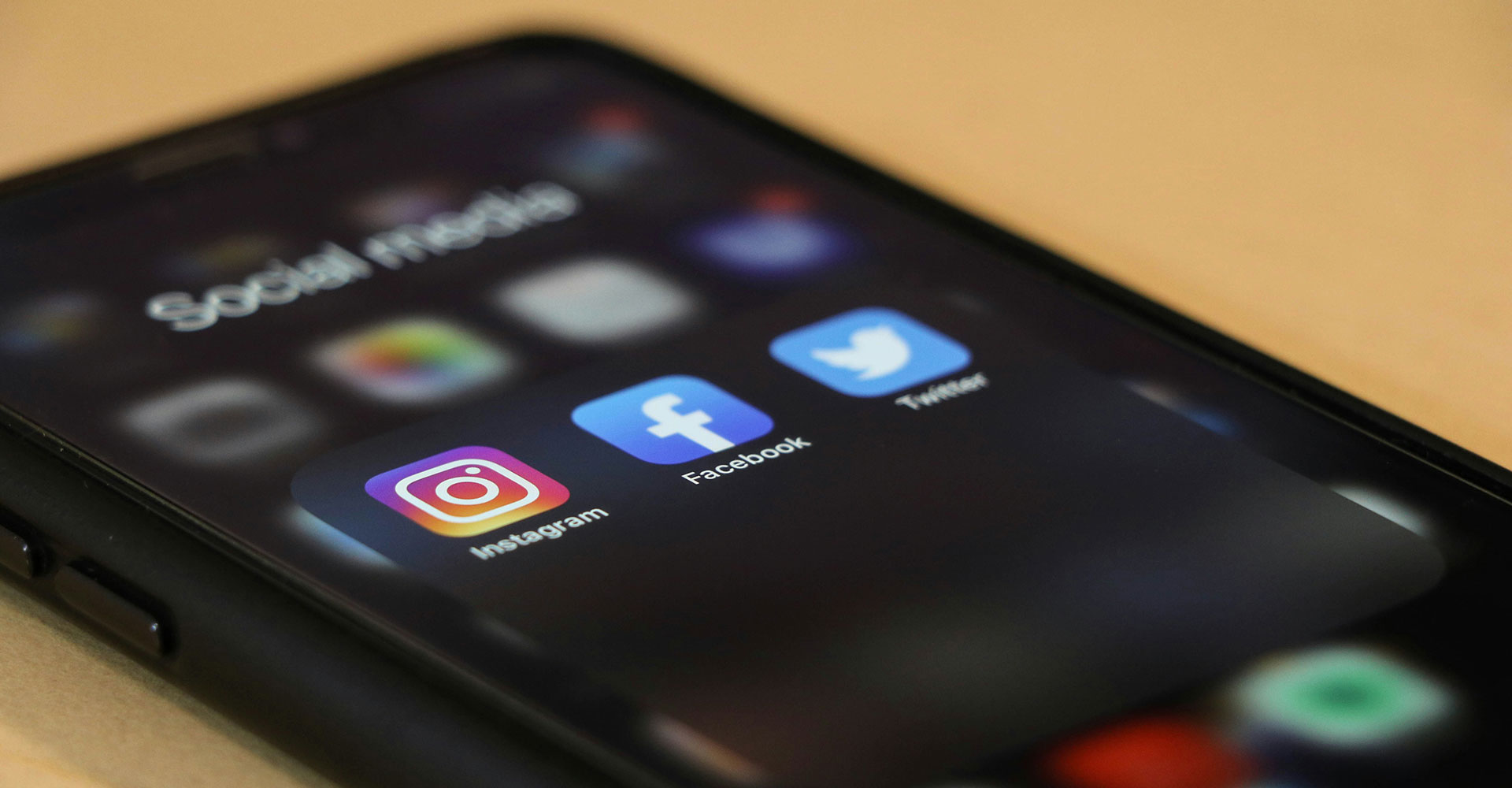Millennials – also known as Generation Y – are the largest living generation, surpassing baby boomers in 2015. This growth is due in part to a growing population of young immigrants. Born between 1980 and 2000, millennials are defined by their optimism and their globalized worldview. Generation X, however, is smaller than both millennials and baby boomers. Generation Xers were born between 1965 and 1980. This generation desires a healthy work-life balance. Businesses that want to successfully market to both generations will need to approach their needs using different strategies.
Brand Engagement Differences
Brand engagement is not enough for millennials
A brand, company, or product will engage one in four millennials. The majority of millennials are not influenced by brand name alone. That is not to say that millennials bear a pessimistic view of businesses altogether. 85% of millennials believe that small businesses have a positive effect on America. New Jersey businesses can capitalize on this opinion by staying engaged with their own local community. Millennials are very socially aware and active. Businesses that contribute to their community’s wellbeing – for example, sponsoring a donation event – will build a better relationship with millennials.
Generation X is more receptive to brand engagement
Generation X is more likely to be engaged by a brand than millennials and is often ignored due to its smaller size. However they need to feel valued. Businesses that want to reach Generation X can engage them by speaking to shared generational experiences: one place to start is to appeal to the nostalgia of the late 70’s and early 80’s. Ultimately, businesses need to personalize their approach to these generations since brand engagement is dwindling.
Different Spending Habits
Millennials account for almost 30% of consumer spending on a day-to-day basis. Despite being the largest generation, millennials do not contribute to most of the daily spending in America. When comparing millennial daily spending to the daily spending of 19- to 35-year-old Generation Xers ten years ago, millennials are spending less daily than Generation X. On average, millennials spend $85 per day. Generation Xers, when in their twenties to mid-thirties, spent an average of almost $100 per day.
Millennial spending
Regardless of their decreased daily spending, almost half of all millennials are likely to make an impulse purchase. Millennials are comfortable with purchasing luxury items even when the item’s expense exceeds their wages for a week. It’s also important to note when approaching a millennial, a good practice is to hold flash sales or short, limited-time deals.
Generation X spending
Conversely, Generation X’s spending habits are not as impulsive. Generation X is far more likely to spend safely. Generation X carries debt that is six times higher than the debt that their parents had at their age. This generation will contemplate a purchase and consider its impact on their finances. If a business markets their product as a worthwhile investment, then Generation Xers will feel more encouraged to make the purchase.
Communication Preferences
Millennial communication preference
Millennials are often misrepresented as being severely reliant on their smartphones. However, almost 40% of millennials agree that in-person communication is the most effective form of communication. That is not to say that millennials do not believe in the value of e-mail; rather, they merely value physical conversation over digital communication. Knowing this, businesses should make efforts to engage with millennials beyond the internet. Businesses should prominently feature customer service phone numbers on both their website and their social media pages. Millennial offices that feature open floor workspaces are successful due to the millennial desire for in-person communication.
Communication preference of Generation X
Generation X, ever the tech-savvy generation, believes that e-mail is the most efficient form of communication. In order to reach the Generation X demographic, businesses can design an electronic newsletter. Send e-newsletters frequently in order to maintain the Generation Xer’s interest. Through this, businesses can communicate events and sales to Generation X. Additionally, businesses that provide an informational e-mail address for consumers to contact can encourage Generation Xers to ask questions and feel engaged with a business.
Businesses with outdated technology will fail to engage both generations but for different reasons
Millennials view technology as integral to daily life. If a company is not investing in new technology and software, then millennials will view the business as out of touch. Or, if the business uses recent software but does not understand the full potential, then millennials similarly will be unimpressed. Generation X believes that technology is a learned skill. Generation Xers respect businesses that can adeptly navigate current software. They do not anticipate that everyone will use technology efficiently; however, millennials will expect everyone in a business to know how to use modern software. Millennial workspaces and retail environments that feature modern software will impress both generations. A business, though, should only invest in the latest technology if they are certain that they can utilize it to its full potential.
Television is no longer the go-to information medium
Over 70% of millennials use the internet as their primary source of information and news. Only 15% of millennials use television as their primary information source. Notably, however, over 60% of young millennials primarily watch television through an online streaming service. Businesses that invest in local television advertising campaigns will miss out on the millennial demographic.
Businesses that have a television presence will reach Generation X viewers. Over 30% of Generation X use television as their primary source of information. It is important to note that almost 65% of women own a cable subscription and use it to watch television. These women also use television as their go-to source of information. Therefore, niche products aimed at the female Generation X demographic may be successful with a television advertisement campaign. Ultimately, though, the internet is the future of sharing information with consumers.
Millennials use social media, but not as much as Generation X
Generation Xers report using social media for almost seven hours a week. Millennials use social media for over six hours each week. Businesses can market to both generations via social media. However, merely placing advertisements on social media websites may not be the best investment. Less than 15% of users click on social media advertisements. 57% of social media users primarily use social media to visit their friend’s page or profile.
How businesses can leverage social media
Businesses need to encourage users to share information on their own personal pages. One way to encourage this kind of reposting is to host a contest. Users who share a post and follow or like a business’s social media page then have a chance to win a prize or reward via this contest. In order to maximize social media page shares, businesses should post most of their advertisements, business updates, and blog posts on Fridays or over the weekend. 43% of Facebook shares and 33% of Twitter shares occur on Sundays, the largest percentage of shares during the week. Businesses that maintain a dedicated social media posting calendar will increase engagement with both generations but more so with Generation X.

Something both generations share: mobile websites trump desktop browsers
Across all generations, Facebook reigns as the king of all social media platforms, with over 178 million unique users using the mobile website and mobile app in September 2016 alone. However only aproximately 90 million unique users logged on with with PCs and desktop computers during the same period. All major social media applications – including Instagram and Twitter – are accessed more through smartphones than through PCs or desktops. This means that businesses need to invest in a personal website that is mobile friendly. Small businesses do not need to design their own apps necessarily. Being prominent on mobile browsers is the next step toward reaching both millennials and Generation X.
Planning for the Future
Millennials and Generation X are both highly misunderstood demographics. They each maintain different spending habits and prefer communication through different media. How they choose to access information is very different, though they both rely on social media to stay connected with friends. Remember that while they are separate – and that each generation is marked by different values and experiences – millennials and Generation X share many desires, fears, and goals. With the above advice in mind, businesses can renew the engagement with both millennials and Generation X in 2018.

